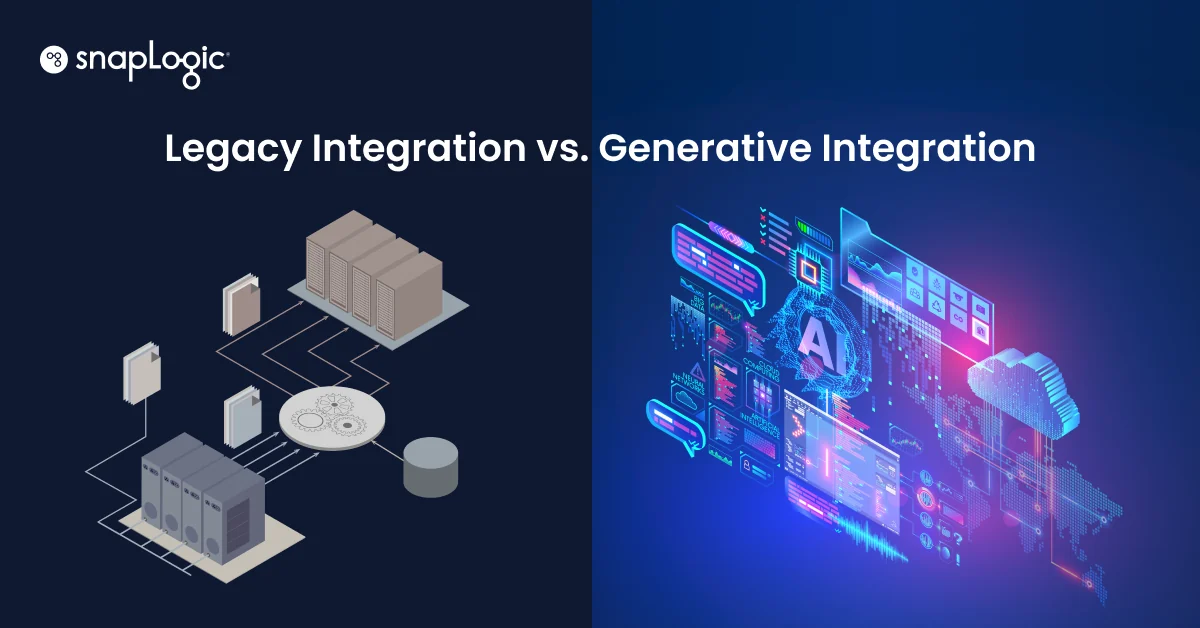Last week we had the pleasure of speaking with two higher ed veterans at our “Higher Ed Institutions Navigating in this Changing World” panel. We were joined by Julia Keller, Director of Enterprise Data and Integration Services, from Smith College, and Carmine Granucci, Associate Director, Integration, Information Service, and Technology from Boston University (BU).
Keller and Granucci shared their institutions’ digital transformation journey focused on enabling students, staff, and faculty to effectively complete administrative and academic goals, with easy and direct access to data from disparate systems, all while mobilizing the campus community to quickly adopt remote-learning during the current Covid-19 pandemic.
Watch the full Smith College and Boston University panel here.
Throughout the panel session, Keller and Granucci pinpointed three key takeaways for higher ed institutions and other organizations to consider when embarking on a digital transformation journey and choosing the right integration platform for their needs.
Focus on the organization’s long-term goals
Zero-in on your users’ goals and identify if the existing systems and processes are still working effectively. For instance, Smith College embarked on a multi-year digital transformation journey after adopting a growing number of new SaaS applications that serve multiple departments and needing to replace legacy ERP and HCM systems in order to support their evolving administrative needs. Similarly, because Boston University outgrew its existing databases and integration methods, they needed to migrate its student information system off of its mainframe into Salesforce and automate processes spanning across many applications.
Read the Boston University case study to learn more.
Drive Efficiency with Reuse
Round up stakeholders to align use cases with back-end processes before adopting or implementing any integrations. It is critical to understand what users are trying to accomplish across many systems and applications in order to see what back-end processes are needed.
Once the business processes were identified, Keller and Granucci sought an integration platform that complemented their vision. They looked for an integration platform that had flexible connectivity, was able to scale as they built out more integrations over time, and did not require technical resources to maintain integrations. That’s why they turned to SnapLogic.
Digital transformation requires flexible connectivity that enables hybrid integrations that help migrate legacy systems into cloud applications. Once the migrations are complete, Keller and Granucci’s teams were able to create and maintain new integrations with very little effort by identifying common schemas across integration use cases, re-using existing integration patterns, sharing patterns with their peers from other higher ed institutions, and using a low-code approach.
Prepare for the unexpected with a comprehensive strategy
Be able to quickly adapt to unforeseeable changes. Higher ed institutions like Smith College and Boston University had a tall order to fill when the current Covid-19 pandemic hit earlier this year. Many institutions scrambled to move the students and faculty to a remote-learning curriculum overnight.
With a central integration platform already in place, Keller and Granucci’s teams were able to adjust and respond to the situation rapidly. They built new automated workflows for students and faculty to have seamless, high-touch course engagements. Smith College, for example, adjusted their existing integrations to track students’ remote learning locations to better support their learning experience and helped instructors manage their courses and students through a workspace by integrating with Slack Enterprise Grid.
While Boston University pivoted all their courses into Blackboard, Granucci’s team also worked with the university to spin up a testing lab to regularly test students, staff, and faculty to keep everyone on campus safe. The team also spun up many systems and applications to help the occupational and health department track test results for students, staff, and faculty.
We were excited to hear how Smith College and Boston University approached their digital transformation strategy. Identifying their institution’s long-term goals to uncover gaps in their existing processes, focusing on re-use to increase efficiency, and being flexible enough to be prepared for the unexpected has helped them meet their institutions’ needs.
Interested in learning how SnapLogic helps higher ed institutions? Join us at Educause on October 26-29, 2020.









